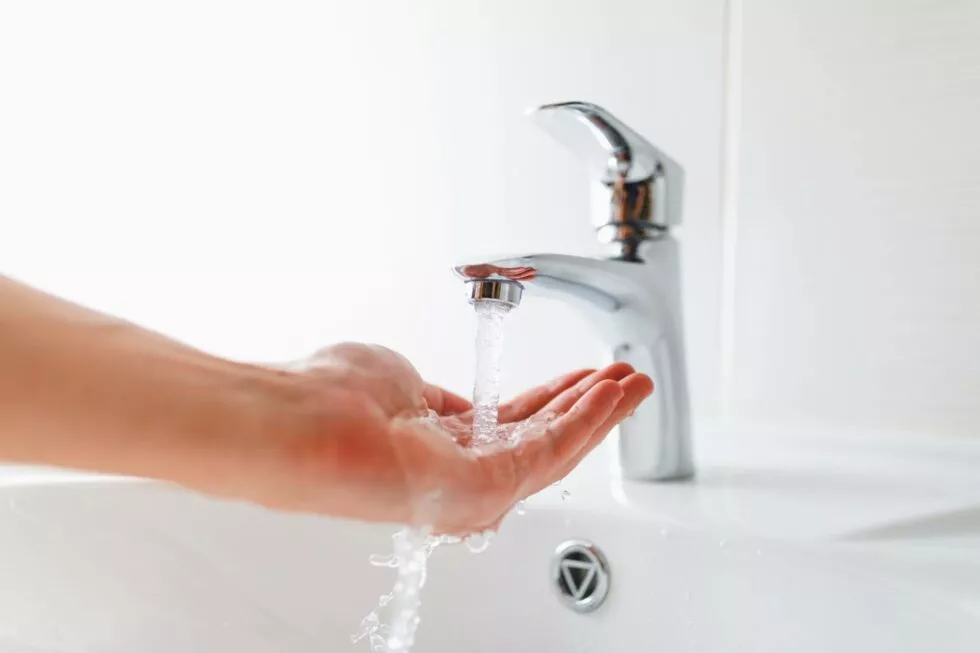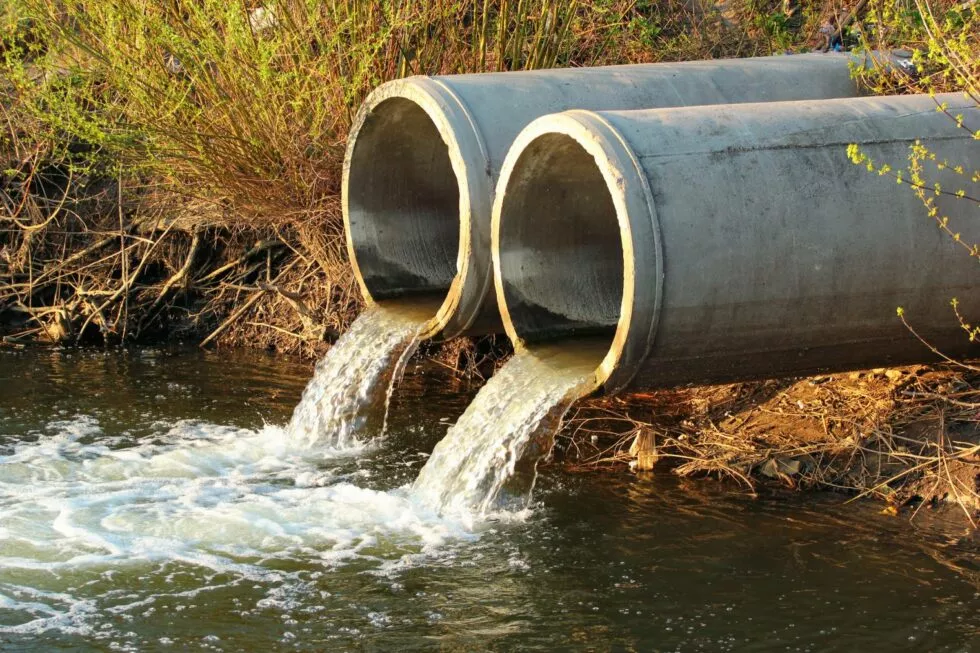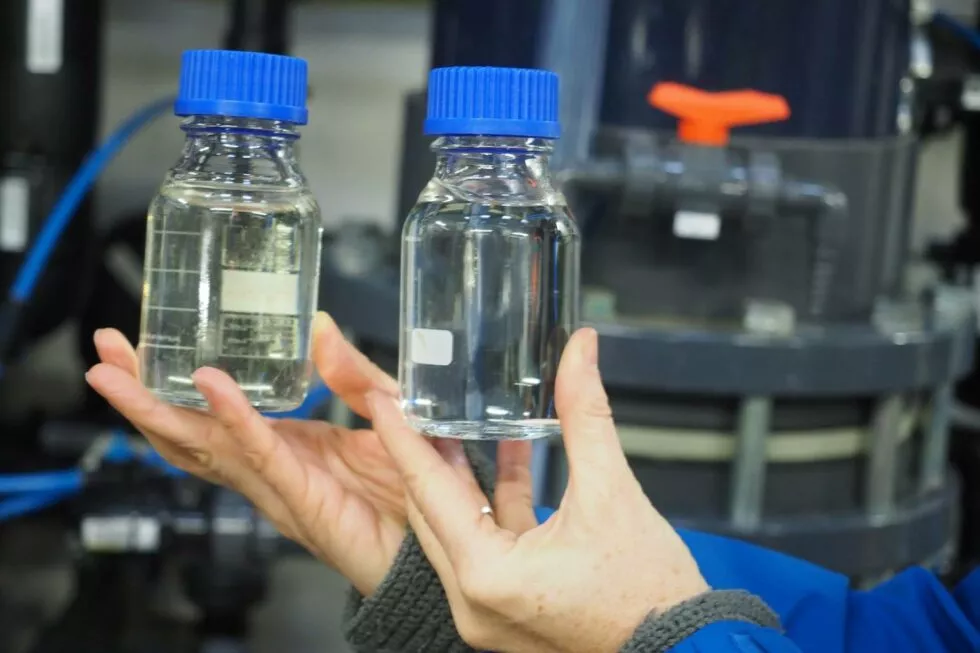Types of sanitation
Wastewater treatment is an important operation that all households must carry out. This purification process helps reduce the amount of pollutants contained in this water, so that they have no harmful impact on human health and the environment into which it is discharged.

What are the different types of wastewater treatment?
Domestic wastewater refers to black water (from toilets) and grey water (from washing machines, dishwashers, showers, kitchens, etc.). Discharged into the environment without any prior treatment, these liquids can pose significant risks to human health and the environment. Indeed, wastewater from residential areas contains high levels of chemical, physical and biological pollutants (organic matter, pathogenic microorganisms, toxic chemical substances, waste, etc.). Therefore, it must be treated before being discharged.
There are two main methods of wastewater treatment, namely collective sanitation and non-collective sanitation.
Collective Sanitation
This is a wastewater treatment system that involves several homes or premises. This type of sanitation concerns dwellings (individual houses, apartments, condominiums) that can be connected to the public sanitation network. This network is responsible for collecting wastewater, regardless of its source, and transporting it to treatment stations where it will be treated and discharged into the natural environment. Collective sanitation is generally carried out in urban areas.
When a collective sanitation network is established in a municipality, connecting the buildings in the area to the collection networks or sewers becomes mandatory. Only uninhabitable buildings or those where the connection may be complicated or too costly can benefit from an exemption. Connection of houses to the mains drainage system must be carried out during the construction of your house or within two years following the commissioning of the collection network. However, newly constructed buildings with a regulatory sanitation installation can enjoy an extension of the connection deadline of up to 10 years.
Moreover, houses connected to the public network must pay a sanitation fee, which is reflected in their water bill. Note that if a building’s connection is not completed on time, a fine may be issued to the owner. This fine results in an increase in the sanitation fee.
Non-Collective Sanitation
Also known as autonomous or individual sanitation, non-collective sanitation (NCS) is the on-site wastewater treatment system. This means there is no transportation of wastewater. It is intended for homes that cannot be connected to the mains drainage system due to the absence of a collective network or a difficult connection. It is estimated that 5 million French households are not connected to a public network. Homeowners in this situation are themselves responsible for treating their wastewater and discharging it into the environment without polluting it.
The solution is to set up an individual sanitation system. This type of sanitation allows for the collection and treatment of wastewater on the plot housing the building. The evacuation is done by infiltration into the soil or by discharge into a watercourse.
The individual wastewater treatment process takes place in four main steps:
- Collection: The water produced in the house (black and grey water) is collected together.
- Pretreatment: The collected wastewater is directed to an all-water septic tank to eliminate pollutants (particles, solid waste and grease) it contains.
- Treatment: The treatment phase eliminates the remaining pollutants in the water after it leaves the pretreatment system. This is thanks to the action of microorganisms naturally present in the soil or contained in reconstructed soil.
- Evacuation: The treated and depolluted water is dispersed by flowing into the subsoil if the soil nature permits, evacuated into wells or simply reused.
Note that some wastewater treatment systems do not perform pretreatment. To set up a quality individual sanitation system, it is essential to conduct a preliminary soil study of your land. The result of this study will allow you to choose the most suitable NCS system for your home.

Collective sanitation: joint network or separative network?
In the context of collective sanitation, the municipalities are responsible for management. They ensure the collection of domestic wastewater and its conveyance to the treatment station. They handle the treatment and proceed with the reuse of so-called clean water or its evacuation into receiving water bodies. Moreover, the municipalities oversee the elimination of sewage sludge and monitor the connection of households to the public network to assess its compliance.
There are two types of collective sanitation networks that municipalities can install:
- Joint sanitation network or joint evacuation system: all domestic wastewater and rainwater are collected together through a single collector. However, the installation of this type of network is only possible if the mixing of different collected waters does not risk causing complications during treatment. The variation in water flow reaching the treatment station during intense rainfall significantly alters the purification process. Therefore, the municipality must implement a system that will regulate the flow of water sent to the treatment station.
- Separative sanitation network: in this case, there is a dual network. This means that domestic wastewater and rainwater are collected separately through two different collectors.
What are the systems for non-collective sanitation?
There are several types of autonomous sanitation systems. They are classified into two main categories: traditional systems and systems approved by the Ministry of Ecological Transition. The choice of system to implement for effective sanitation of your home depends on several parameters.
These include the following elements:
- The characteristics of the soil of your plot (thickness, nature, permeability, etc.).
- The level of the water table.
- Land use.
- Available surface area on the plot.
- The presence or absence of a nearby well.
Subsurface spreading or all-water tank
This is one of the most well-known NCS systems in the category of traditional systems. The all-water septic tank is the system that replaced the septic tank. It is also the most suitable for soils with high permeability and that do not present water rises. This sanitation system involves digging spreading trenches or a spreading bed in the ground, and placing rigid pipes. This means you need to have space on your property. Additionally, a secondary treatment system is necessary before reusing or discharging the water into nature. This is done through spreading in natural soil or reconstructed soil, or a zeolite filter, ecological treatment or an infiltration mound.
Subsurface spreading has a long lifespan, ranging from 10 to 20 years, and requires little maintenance. Another advantage of this system is that it easily integrates into the landscape.
The two most important disadvantages of this system are the amount of space the device takes up and the recycling of sand used in the sanitation system which often requires a significant budget. To achieve better purification performance, the all-water septic tank can be complemented by a prefilter or grease trap.
Compact filters
Compact filters are part of the systems in the approved category. Here, sand is replaced by a filtering bed of zeolite, rock wool, coconut fiber or another material. Its operation is similar to that of subsurface spreading or any other traditional system. Wastewater treatment follows a pretreatment phase and a complete purification phase thanks to the action of bacteria (biological treatment). The main advantage of compact filters is that their operation does not require electricity. Moreover, their installation is simple, easy, and quick, and they take up fairly little space (15m² to 20m²).

Micro-treatment stations
The micro-treatment station is also one of the non-collective sanitation systems in the category of approved systems. The device consists of a single module with three compartments that can be installed above ground and ensures the complete treatment of wastewater. Purification does not require physical filtration. It is carried out solely by bacteria. Micro-treatment stations therefore directly discharge treated and not pre-treated water. Their process is consequently considered ecological.
Micro-treatment stations are appreciated for their flexibility, easy and quick installation, and due to the fact that they take up little space. There are three main families of micro-treatment stations:
- Free growing micro-treatment stations in which microorganisms are in suspension.
- Fixed growing micro-treatment stations in which bacteria are fixed.
- SBR micro-treatment stations which are another version of the free growing micro-treatment plants but with more advanced technology.
Planted filters
Planted filters (Sanitation Gardens) are part of the systems that have received approval from the Ministry of Ecological Transition. These devices can serve as secondary treatment after pre-treatment of domestic wastewater in an all-water septic tank. They can also be used as standalone individual sanitation systems that perform the complete purification of household water. Additionally, it is possible to complement planted filters with a dry toilet system.
Planted filters use plants to treat household wastewater. Indeed, this water passes through basins containing a mineral substrate (most often gravel) in which macrophyte plants (reeds, rushes, irises, cattails, etc.) are planted. The root system of these plants, particularly that of the reed, provides oxygen to the aerobic purifying bacteria present in the soil and promotes their development.
The root network developed by these plants prevents the planted filter from clogging and hinders the formation of sludge. But instead of the latter, humus is produced. This sanitation system does not require much space and its maintenance is not very demanding. Moreover, it offers good purification performance.

Ecological Sanitation
More and more French people are becoming aware of the need to preserve the environment nowadays and are participating by adopting eco-responsible actions. This is why many households prefer to turn to ecological solutions to treat their domestic wastewater. Ecological sanitation refers to NCS systems that use the technique of phyto-purification (purification of wastewater by plants) and whose operation does not require the use of electrical energy.
This is the case with planted filters, often used in conjunction with dry toilets, which use plants to purify wastewater from domestic use. The coconut filter, a compact filter using coconut chips for purification, is also a good ecological solution for household wastewater treatment. Micro-stations, on the other hand, are partially ecological sanitation methods because they use electrical energy to operate. Nevertheless, they have a relatively low carbon impact.
Choosing ecological sanitation for your home’s wastewater is therefore an excellent way to participate in environmental protection. However, to implement one of these systems, it is advisable to seek a specialist in ecological sanitation like Aquatiris. As a national network and specialist in phyto-purification, we perform the sanitation of your wastewater without the need for a tank or emptying. Whether it is for the preparation of your file or carrying out the sanitation study or the works, we accompany you from the beginning to the end of your project.

